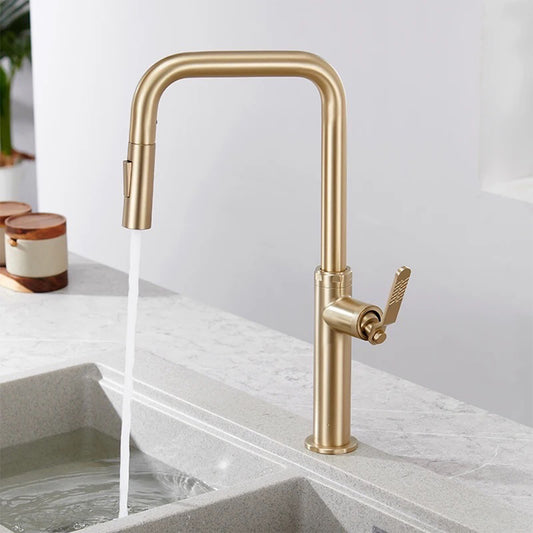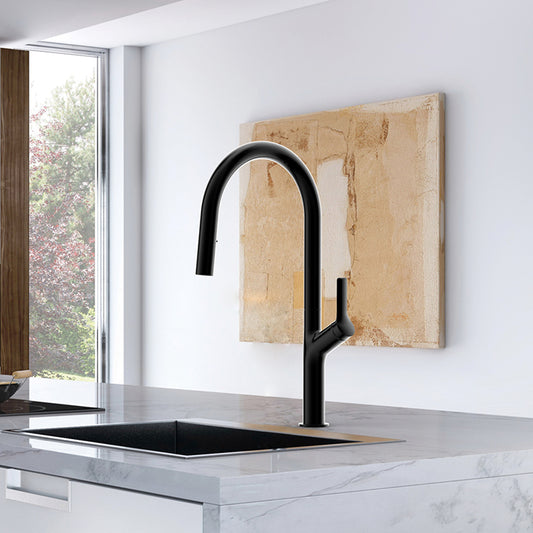Useful Tips to Pet-proof Your Home's Plumbing
Table Of Contents:
-
Introduction
-
Keeping cabinet doors shut
-
Using drain stoppers
-
Keeping harmful chemicals on high shelves
-
Pay attention to trash disposal
-
Always check your surroundings
Introduction
Almost everyone loves pets, and a majority of households are home to pets like cats and dogs. Pets undoubtedly make the entire home atmosphere wholesome and cheerful; however, there are certain things that you should pay heed to for pet-proofing your homes for a healthier environment for both you and your pets. Various sources like certain food, medication, and plants found in everyday household items possess a potential threat and hazard for your pets. The kitchens and bathrooms are considered the most potentially hazardous rooms among your home space due to their exposure to chemicals and supplies related to hygiene and well-being.
As much as your pets help you overcome your depressive days, each of us as responsible pet-parents must take liable measures to pet-proof our homes and make them a healthier and happier home space. Here is a guide that you can go about, to begin with, the simplest measures to pet-proof your homes!
Keeping cabinet doors shut
It is impossible always to keep a check on your pet's whereabouts. In bathrooms and kitchens, where several appliances are interconnected with pipelines, it is always safer to keep all cabinet doors closed to avoid your pet from gnawing and damaging the pipes permanently and even inflicting injuries on themselves. As pets love to squeeze themselves into tiny compact spaces, it is also advisable to close off such spaces, especially those nooks and corners of cabinets, to avoid wounds and impairments.
Using drain stoppers
Shedding hair happens as a common phenomenon for almost all pets. Using drain stoppers can go a long way. This is because when your pets' hair gets stuck in the drains, it can lead to significant plumbing renovations that can be costly. Using drain stoppers greatly helps in pet-proofing the plumbing system of your homes.
Keeping harmful chemicals on high shelves
Pets can be pretty mischievous and can always come up with ways to mess up your home. It is important to remember that the basic steps to pet-proofing your home come with the responsibility of keeping away products that may be harmful to them on higher shelves to avoid as much contact as possible. Though medicines and other hygiene products may not be harmful to us, they may pose some dangerous effects and lead to poisoning if consumed by your pet. Always remember to keep the toilet lids closed as harmful chemicals go into cleaning toilets which, if swallowed, can also lead to dangerous poisoning.
Pay attention to trash disposal
It is common for all pet parents to see their pet rummaging and digging around anything and anywhere. For this, you can always begin by making sure you follow proper waste disposal methods and ensuring that your garbage tins are always clean for pet-proofing your house and sanitation purposes. Keeping the trash away from the sight of your pet can be done by covering it with lids or placing it inside a trash cabinet. It is also vital that you do not dispose of harmful waste through drains as this can be harmful to your pets.
Always check your surroundings
When it comes to smaller pets like cats or even dogs, they can easily get stuck behind cabinets, doors, and shelves which is why you should always check before you open/close doors. Pets usually have the habit of chewing and gnawing at wires and electrical cords, which can be distressful for both you and your pet's well-being. If your pet has this habit, make sure that you give them a chewing toy and the wires are placed and sealed safely.
Pets require as much care as a child needs, and this is why extra attention should be paid to their needs and habits. If your pet has the habit of digging or chewing, you can always train them by rewarding them with treats for their good habits and discouraging their unhealthy and bad behaviour. It is also important that you keep away household items, hazardous toys, or house plants that can harm your pets. It becomes important that you pet-proof your home and ensure that the home environment is healthy and safe for your pets and yourself.


















![Stainless Steel Gold Pull Out Kitchen Tap Tapron Gold Pull Out Kitchen Tap with Dual Spray [TABB101]](http://tapron.co.uk/cdn/shop/products/Tapron-Brushed-Stainless-Steel-Kitchen-Tap-with-Pull-Out-Spray-Brushed-Brass-Finish-LS_533x.jpg?v=1627033460)












